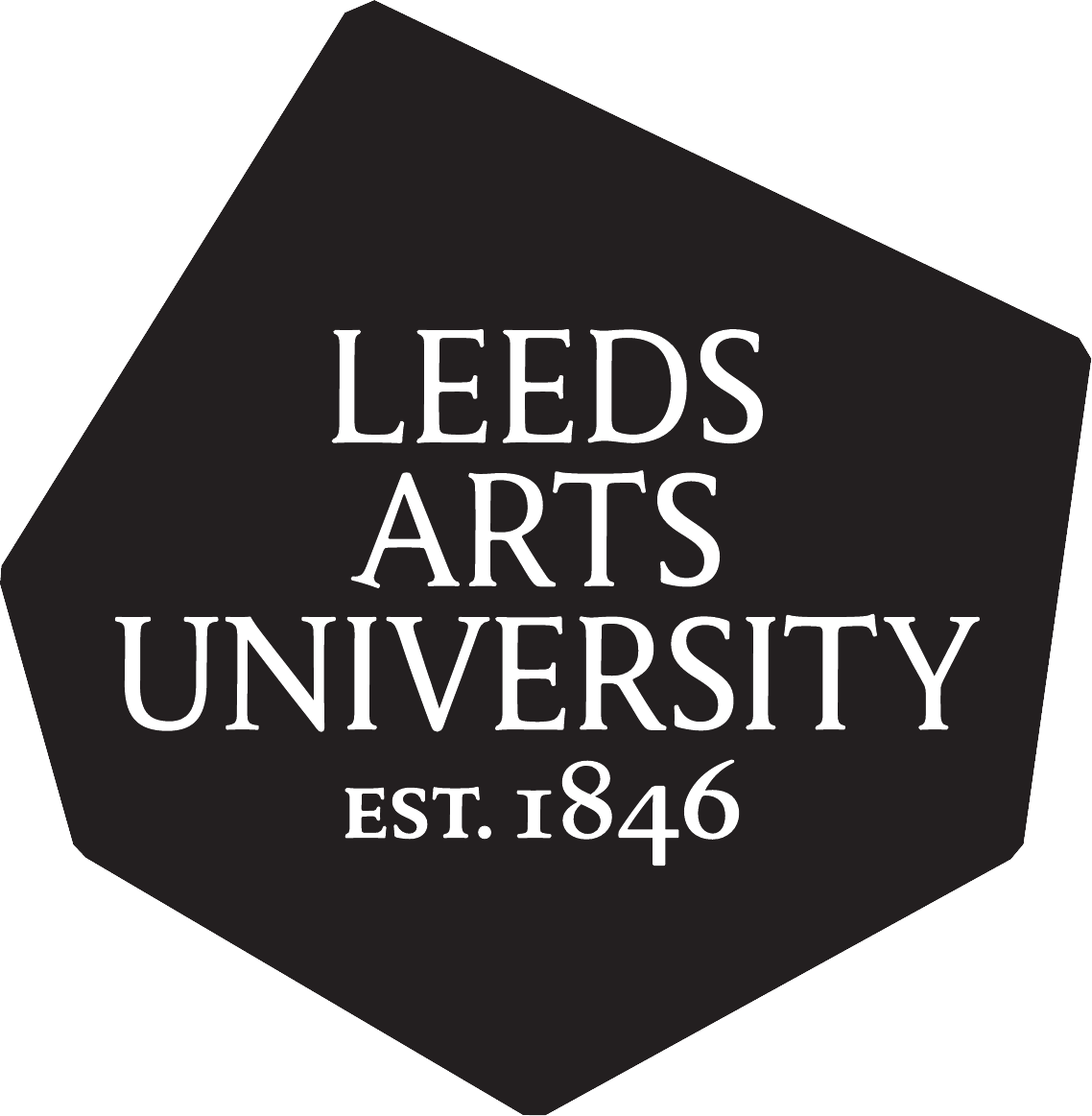Accessing Art and Design Higher Education: A Comparative Study of Access Courses Delivered in Further and Higher Education
Broadhead, Samantha 
Abstract
For many social, cultural and practical reasons some adults need to study their art and design careers later in life. Two routes into art and design higher education have evolved to enable adult learners to progress onto their chosen course of degree study without A-levels (in England) or in Scotland Higher and Advanced Higher qualifications. Described as ‘access’ courses, the first type are generally delivered in English further education (FE) and are referred to as Access to HE Diplomas (AHEDs). As a modularised qualification for students wishing to go to university, the AHEDs make the intended aim of Access education more explicit in its title. The AHEDs are specialised in, for example, law, medical sciences, education and social sciences. This study considers the effectiveness of AHED (art and design). A second approach are Access Programmes delivered in higher education institutions (HEIs). These share a number of common features. They are situated within HEIs and facilitate internal progression to their own undergraduate degrees. They build on the students’ life experiences in order to develop study skills and preparedness for study but do not necessarily have the level of specialisation that AHEDs have. A case study of a ‘bespoke’ Access course from a Scottish university is compared with the English AHEDs to evaluate which better serves prospective adult arts students.
Actions (login required)
 |
Edit Item |

